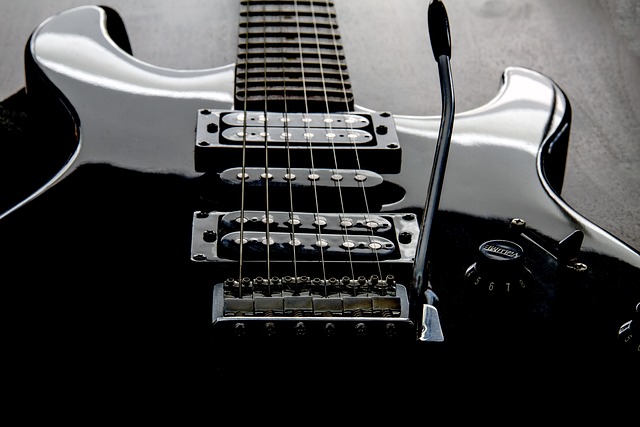Electric wine openers have transformed the experience of opening wine bottles by making the process quick and effortless. These devices employ an electric motor and a stainless steel screw or spiral to extract corks with precision, catering to everyone from beginners to wine aficionados. They offer several advantages over traditional corkscrews, including consistent performance, minimal risk of damaging the cork or compromising the wine's integrity and flavor. Additionally, electric openers promote hygiene by limiting hand-to-wine contact and often include extra features like foil cutters and systems to preserve wine after opening. When choosing an electric wine opener, consider factors such as ease of use, reliability with different cork types, and whether you prefer additional functionalities like argon gas systems or vacuum sealing for maintaining wine freshness. Aesthetics and portability are also important if you value sleek designs, touchscreen interfaces, and compact, rechargeable models. Proper maintenance is crucial for longevity; clean the opener after each use, store it dry to prevent corrosion, and refer to the user manual for troubleshooting common issues. An electric wine opener is a valuable addition to any wine enthusiast's toolkit, offering a seamless, efficient, and sanitary experience that elevates the enjoyment of fine wines.
Explore the world of vino with ease and sophistication through the lens of electric wine openers. This article demystifies the mechanics behind these innovative tools, highlighting their advantages over traditional corkscrews. We’ll guide you through the latest models on the market, complete with consumer reports and expert evaluations to help you select the perfect electric wine opener for your needs. Additionally, we’ll provide insider tips for mastering use, maintenance, and troubleshooting common issues. Uncork a new appreciation for wine with the convenience and reliability that electric wine openers offer.
- Understanding the Mechanics of Electric Wine Openers: How They Work and Their Benefits
- Evaluating the Best Electric Wine Openers on the Market: Features, Models, and Consumer Reports
- Mastering the Use of an Electric Wine Opener: Tips, Maintenance, and Troubleshooting Common Issues
Understanding the Mechanics of Electric Wine Openers: How They Work and Their Benefits

Electric wine openers represent a modern solution to the traditional cork-pulling challenge. These devices leverage advanced technology to facilitate the process of extracting corks from wine bottles with ease and precision. At their core, electric wine openers operate using a combination of a screw or spiral, often made of stainless steel, and an electric motor that applies consistent force onto the cork. The motor spins the screw, gently but firmly working its way through the cork until it is fully removed. This mechanism eliminates the need for the physical strength typically required to remove a cork by hand or with a traditional waiter’s friend, making them an accessible tool for individuals of all ages and abilities.
The benefits of using an electric wine opener are manifold. For one, they offer a consistent performance each time they are used, ensuring that the cork is removed without damage to the bottle or the wine within. This consistency is particularly valuable when dealing with high-value wines where the integrity of the seal and the condition of the cork are crucial for the wine’s flavor profile. Additionally, electric wine openers can handle a variety of cork types, including those that are particularly tough or aged, without risking the cork crumbling or shattering. They also tend to be more hygienic, as they minimize the contact between human hands and the wine, reducing the risk of contamination. Furthermore, these devices often come with additional features such as built-in foil cutters and wine preservation systems that can vacuum seal the bottle, keeping the wine fresh for an extended period after opening. By incorporating an electric wine opener into one’s collection, wine enthusiasts can enjoy a streamlined, efficient, and sanitary experience, making the most of their wine appreciation journey.
Evaluating the Best Electric Wine Openers on the Market: Features, Models, and Consumer Reports

When selecting the best electric wine opener, it’s crucial to consider a variety of factors that will ensure your wine experience is both seamless and enjoyable. Consumer reports often highlight the importance of features such as ease of use, reliability, and the ability to handle different types of corks without damage or difficulty. Top-rated electric wine openers typically come with argon gas features that preserve the wine after the cork has been removed. Additionally, they may offer vacuum features to seal bottles, keeping wine fresh for an extended period. Some models boast sleek designs and touchscreen interfaces, while others prioritize portability with rechargeable batteries and compact frames. The market is abundant with options, from those designed for home enthusiasts to high-end units suitable for commercial settings. When evaluating these products, it’s essential to look at the number of bottles each opener can handle in a single session, the speed and efficiency of the uncorking process, and any additional features like bottle storage or aerators that might enhance your wine experience. By carefully examining electric wine openers through consumer reports and expert reviews, you can make an informed decision tailored to your specific needs and preferences.
Mastering the Use of an Electric Wine Opener: Tips, Maintenance, and Troubleshooting Common Issues

When integrating an electric wine opener into your wine-tasting rituals, mastery comes from understanding its operation, maintaining its performance, and knowing how to address common issues. To effectively use an electric wine opper, begin by placing it on a stable surface near the bottle you wish to open. Power on the device and ensure it is properly aligned with the center of the cork. Gentle placement of the wings over the cork is crucial; too much force can damage both the opener and the cork. Most electric wine openers will have an intuitive interface, often with a simple ‘start’ or ‘on’ button to initiate the uncorking process. The device will gradually penetrate the cork, and once it has reached the necessary depth, the wine can be poured without the cork falling into the bottle prematurely.
Maintaining your electric wine opener ensures its longevity and efficacy. Regular cleaning after each use with warm, soapy water is essential to prevent buildup of residue that could affect its performance. After cleaning, dry the unit completely, paying special attention to any electrical components to prevent corrosion. To preserve the device’s operational integrity over time, store it in a clean, dry place when not in use. If issues arise, such as the opener failing to operate, not removing the cork, or showing error messages, troubleshoot by checking that it is properly charged (if battery-operated), the cork is centered correctly, and there are no obstructions preventing the blade from descending. Consult the user manual for specific troubleshooting steps tailored to your model. With proper use, maintenance, and knowledge of common issues, an electric wine opener becomes an indispensable tool in any wine enthusiast’s arsenal.
In conclusion, electric wine openers represent a modern solution to a task that has been part of human culture for millennia. By exploring their mechanics, evaluating top models, and mastering their use, consumers can enhance their wine-drinking experience significantly. These devices offer convenience, reliability, and style, making them an excellent addition to any home looking to elevate its wine service. Whether you’re a connoisseur or a casual wine enthusiast, understanding the benefits and capabilities of electric wine openers will undoubtedly enrich your appreciation of fine wines. With the right model in hand, opening a bottle is as simple as pushing a button, ensuring that every wine-drinking occasion is both seamless and memorable.



